SAP Datasphere – an overview of selected SAP updates in the fourth quarter of 2023

Karolina Górecka, Junior BW Consultant
- 19 December 2023
- Trends in SAP
- 3 min
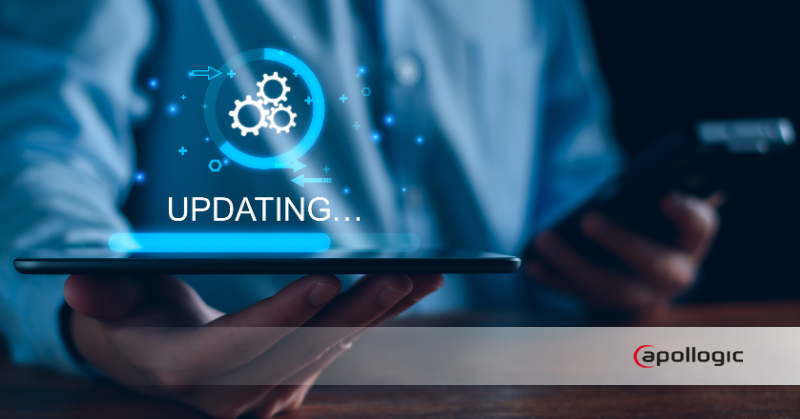
In the following article, I present some updates to SAP Datasphere introduced in the fourth quarter of 2023.
The updates are designed to make it easier for users to use the product. Keeping track of them should be important for those who want to realize the full potential of their systems while ensuring security, performance, and compliance with modern standards.
New homepage design
In the fourth quarter of 2023, the look of the homepage was changed with updates to SAP Datasphere. From now on, after logging into the system, we will have access to, among other things: recently used objects, as well as information on running SAP tasks. The appearance and information on the homepage can be changed so that each user can tailor it to their needs. Please refer to the documentation for more information.
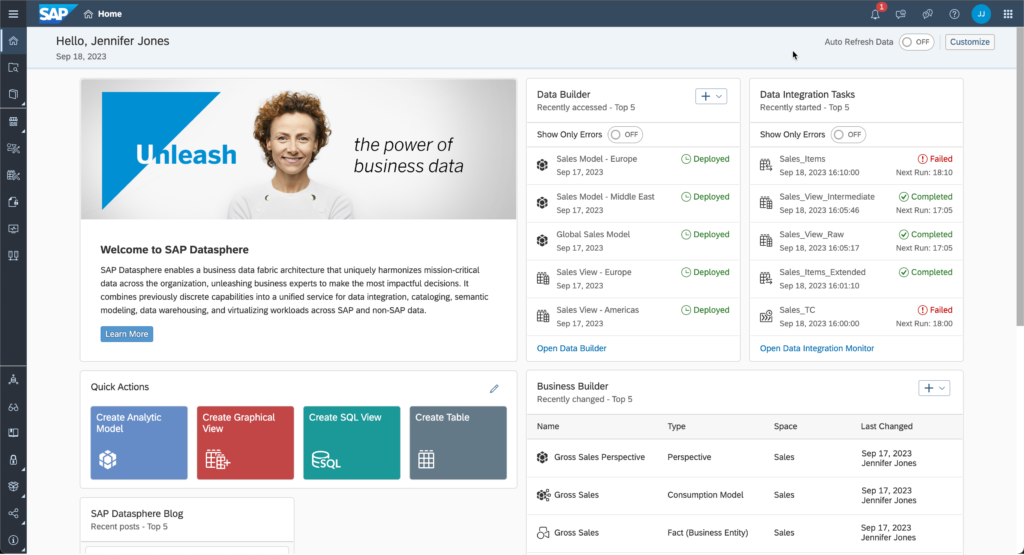
source
Updating table data using delta
Updating tables is very important because it allows us to get reports based on the most recent data. Data in tables can be updated in several ways.
One of them is the delta mechanism, which checks what records are already in the table and adds only those that do not yet exist in it. This mechanism does not check the entire contents of the table, only the column with the appropriate tags. Such tags can be timestamps (a timestamp consisting of a date and time). Delta checks which timestamp is the latest and adds to the table only those records that have later tags. With delta, you can get the most recent data faster and with fewer resources.
Until recently, this mechanism was not available in SAP Datasphere, which made data preparation much more difficult.
New data sources and targets in replication flow
Replication flow is one of the tools, available in SAP Datasphere, which is designed for data replication. Using it, we will not perform data transformation, but we will be able to replicate multiple objects from one location at a time. This quarter, major changes have been made to replication flow that significantly affect the flow of data to and from SAP Datasphere.
Local tables as a source for replication flow
Until recently, SAP Datasphere could only receive, and retrieve, data from the warehouse could not be initiated by the warehouse itself. As of this quarter, in SAP Datasphere, you can use a local table as a source for data in a replication flow and send it elsewhere.
BigQuery, Google Cloud Storage, Amazon S3, and Microsoft Azure Data Lake as targets.
As of this quarter, with replication flow, you can send data from SAP Datasphere to other places storing data. These include BigQuery, Google Cloud Storage, Amazon S3, and Microsoft Azure Data Lake Storage Gen2. For this to be possible, you must have a paid Premium Outbound Integration service.
With the ability to select the aforementioned services as destinations in the replication flow, we gained the ability to export data directly from SAP Datasphere or SAP systems such as S/4HANA.
Integration of Apache Kafka with SAP Datasphere
Some time ago it was announced that SAP and Confluent were collaborating. At the time, we wondered what this cooperation would look like. Finally, we have the answer.
It’s fair to say that Kafka is the standard for streaming data in real-time; unfortunately, using its full capabilities can be time-consuming and expensive. It can also involve years of investment and considerable technical expertise. The Confluent platform helps and eliminates the challenges of managing Kafka, allowing teams to fully focus on innovation with real-time data.
As of Q4 2023, a new “Kafka” connection is available, and Confluent can be a target in the replication flow.
With this upgrade, we can send real-time data from SAP Systems, such as ERP, to Confluent Cloud. An example of the use of this connection could be when we create a real-time analysis based on sales data from SAP systems and data from e-commerce campaigns.
While the aforementioned update is undoubtedly important for data transfer in SAP Datasphere, it does not mean that the data in reports will update in real-time. When it comes to reports, you need to be mindful of the limitations of the applications used to create reports and the connectivity of the cloud, e.g. In SAP Analytics Cloud, there is a live connection so that the report only downloads the latest data each time it is run.
This update can be useful, however, only if you have an application that uses real-time data flowing down.
Summary
The above article describes selected updates that have been released to SAP Datasphere in the fourth quarter of 2023.
Simplify your data environment with SAP Datasphere
- On 19/12/2023


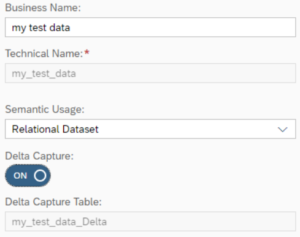
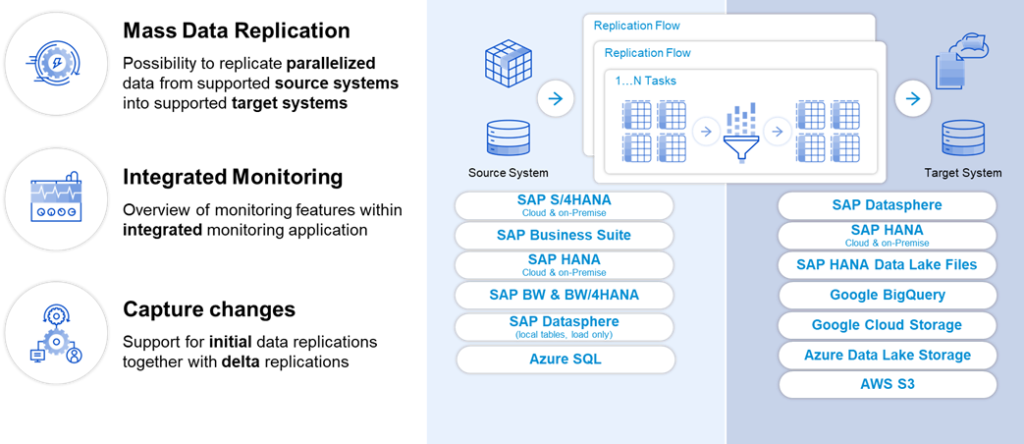

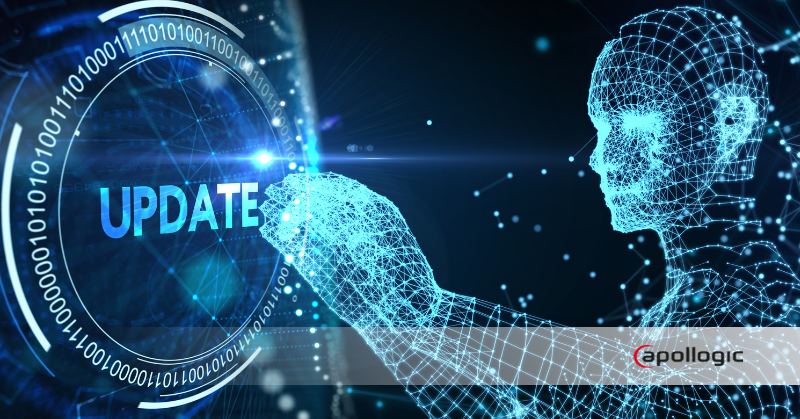

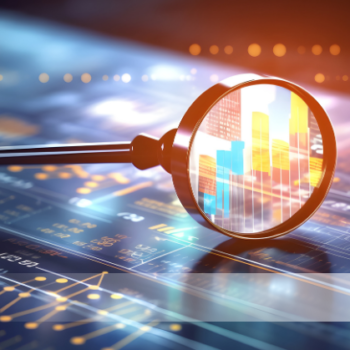
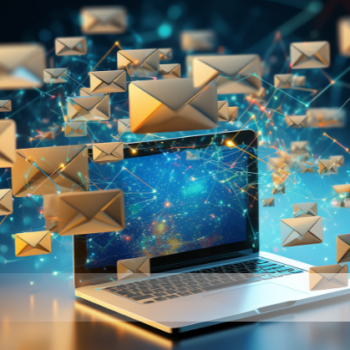
0 Comments